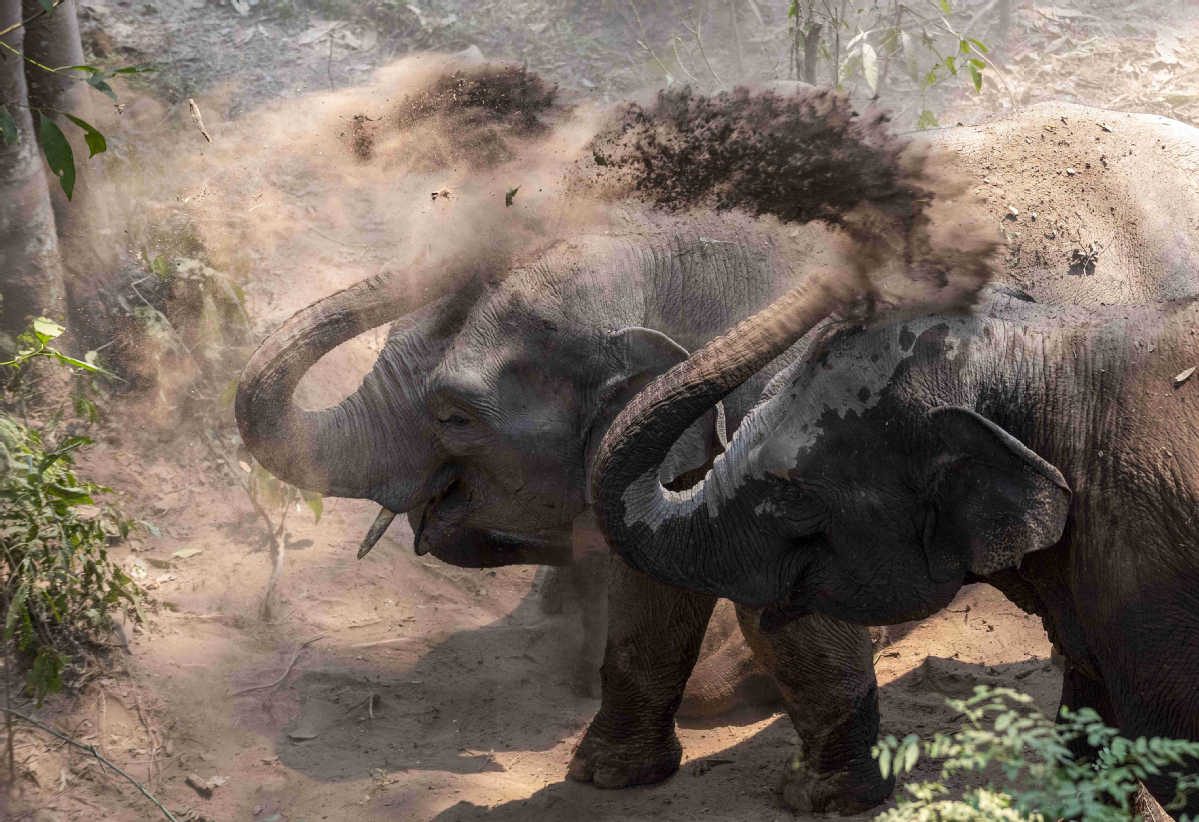Wildlife protection puts focus on 'wild'
By Li Yang | China Daily | Updated: 2022-04-11 07:50

The top court and procuratorate jointly issued a judicial interpretation on Thursday elaborating on what standards should be used to convict and punish those found guilty of wildlife crimes.
According to the document, the judicial authorities should handle the cases involving wildlife and animals that have been bred as pets in different ways. Cases involving the latter, particularly those animals that have been artificially bred on a large scale with mature techniques and traded and transported as pets, should not have criminal liabilities.
This is undoubtedly progress in the rule of law as there have been a series of controversial cases in the past years.
In 2016, a migrant worker surnamed Wang in Shenzhen, Guangdong province, received a five-year sentence for selling two parrots of a protected species, even though they were artificially bred.
And last year, a brother and a sister in Dezhou, Shandong province, both received a three-year prison sentence for raising and selling two artificially bred parrots classified as a rare species.
The two cases represent just the tip of the iceberg due to the outdated legal terms, which were made when artificial breeding techniques of some rare animals were not developed for the industrialization of the trade.
Before the aforementioned judicial interpretation was released, neither the wildlife protection law nor relevant articles in the criminal law had distinguished artificially bred endangered species from wildlife, leaving the judicial departments no choice but to treat in the same manner what are actually different types of cases.
Cases involving rare animals and plants are a typical "statutory crime", and the degree of criminality depends on the nature of the crime.
Before the latest judicial interpretation, since there was no distinction between endangered species that were domesticated and bred and wild endangered species, there was a great deal of legal "ambiguity", which has hindered the development of relevant animal husbandry and pet industries.
With the new judicial interpretation, the standards for handling cases involving endangered species have been corrected. More such corrections should be made in other legal and judicial sectors to adapt to the changes of the times.
























